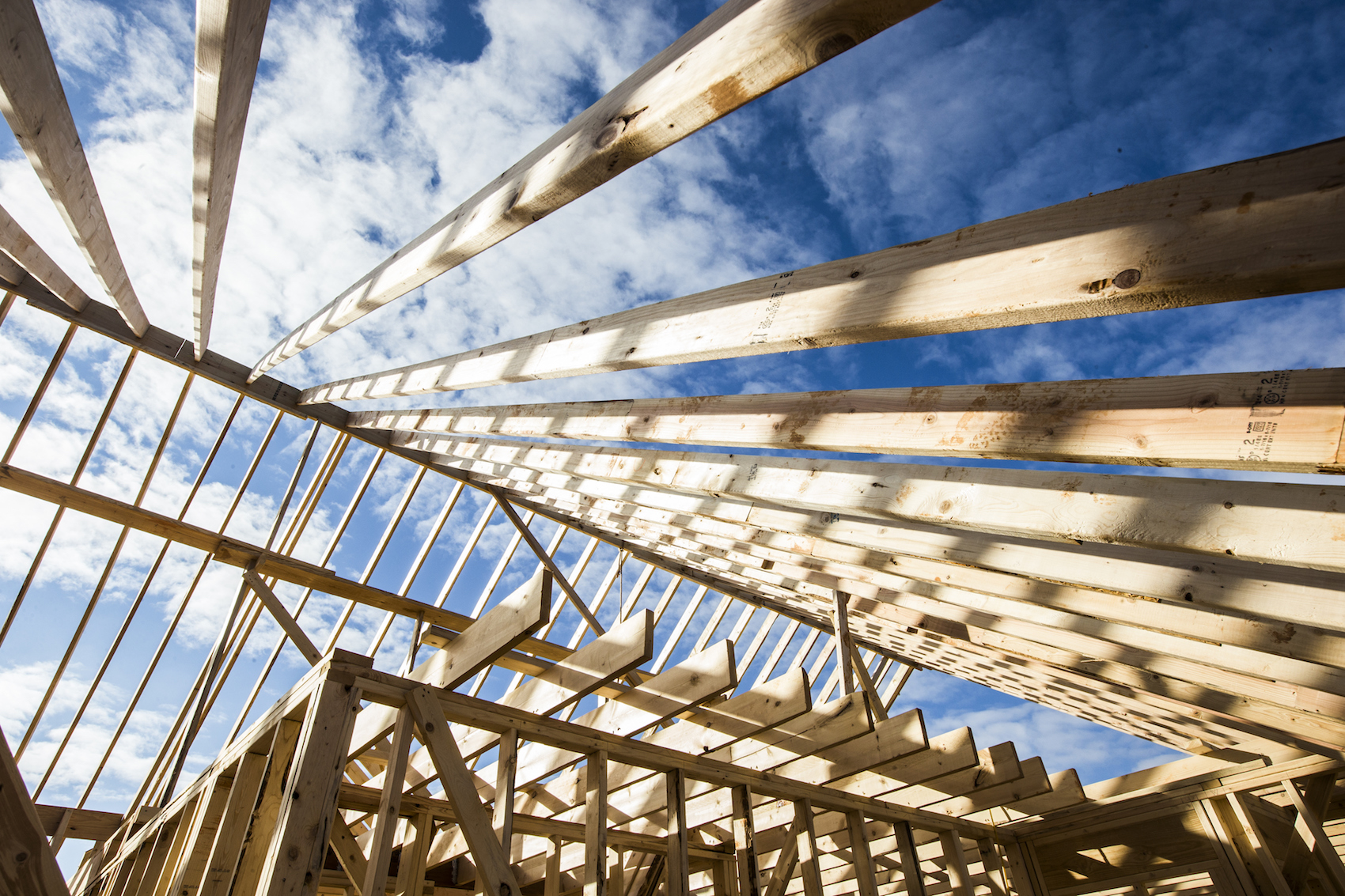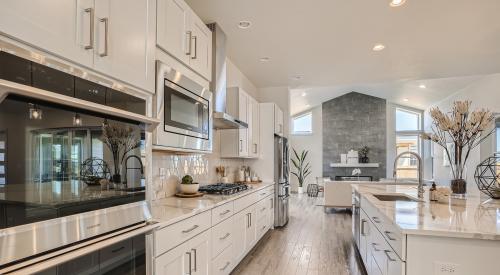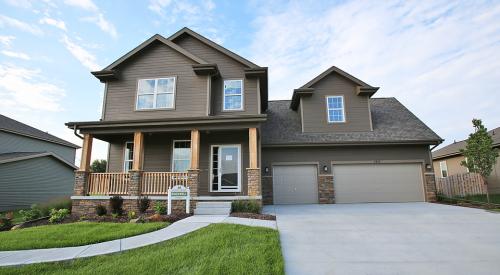The construction industry is facing some harsh realities. The housing market is becoming increasingly expensive, skilled labor is scarce, and the cost of materials continues to rise. Yet there is more to be concerned about.
In 2016 the residential and commercial sector accounted for 11 percent of total U.S. greenhouse gas emissions. Emissions from homes and buildings also increase substantially when emissions from electricity are included, due to their relatively large share of electricity consumption, such as lighting, heating and cooling.
So how do we address these challenges? By embracing building methods that focus on efficiency with a strong emphasis on improving the building process while reducing a home’s energy consumption.
According to the U.S. Department of Energy, four states have adopted building codes that are more energy efficient than 2012/2015 IECC while eight states have no statewide code or home rule.
Furthermore, the average U.S. household spent $1,856 on home energy bills in 2015 with an average home air-conditioning cost of $265, making up 12 percent of home energy expenditures. With electricity prices forecast to increase from now until 2030, energy efficient homes will become a higher priority for homebuyers.
But, to make homebuyers care about sustainability and energy efficient homes today, we as an industry need to lead the way. How do we create this demand? How do we do more with less?
We start by learning from the automotive industry, and its evolution towards electric vehicles.
From punchline to the frontline
At first, electric vehicles were considered unreliable – even a novelty. Now? Current technology has evolved to make electric vehicles useful, efficient and more viable to produce. General consumer acceptance, along with the desire to reduce environmental impact, is driving these sustainability efforts forward.
Now consider the residential construction sector. Building science awareness and construction methodologies have grown leaps and bounds. New methods have brought about change that is making living indoors healthier, more sustainable and energy efficient. Yet, we as an industry are not proactively educating the public about these new methods and are slow to adopt them.
If a car owner can tell you how many miles they get to a gallon, shouldn’t they be able to tell you their home’s energy rating index?
Comparing the two industries, we see a significant difference: the automotive industry has recognized that sustainability is driving change. As a result, the sector embraces technology, even with the higher price tags that come with it. The residential construction industry is not quite there yet, but it could be.
Meeting minimum standards isn't the same as building efficiently
When it comes to building residential homes, everyone should agree that building codes are simply a minimum standard, but there is plenty of room to improve on them and it’s up to us to help homebuyers understand why.
“Building codes have come a long way,” says Mary Poma, Business Development Manager, Performance Materials Construction. “Yet we find that builders are less likely to exceed these codes because the average home buyer isn’t asking for an energy efficient home. Homeowners expect new homes to be energy efficient and compared to older homes they are. Most don’t understand all the components that contribute to energy efficiency. For example, a smart thermostat is not going to drastically reduce energy use compared to what an airtight building envelope can achieve.”
“We need to be more proactive in educating potential customers of the short and long-term value an energy efficient home can provide. A customer can better understand the value when they consider the financial benefits of a steady, low energy bill – not just a year from now but five years from now,” says Poma.
If builders embrace methods that create long-term value for their customer, they in turn create value for themselves by building a home that stands out from the rest. Customers will recognize that. It’s just a matter of looking at things differently.
Let's reconsider the bottom line
There’s plenty to think about when building new homes or retrofitting old ones. Materials, labor and deadlines are all strong drivers to build quickly.
Currently, skilled labor growth is on a downward trend and when there isn’t enough people power, homes become more expensive and take longer to finish. This is where a little inspiration from the automotive sector can help.
“Before electric cars were practical, the automotive industry was and continues to strive for fuel economy,” says Poma. “By replacing metal parts with engineered polymer composites and building better engines, car makers were able to make their cars lighter and more efficient.”
“The construction industry can take that same approach. For BASF, that starts with looking at building materials that are multi-functional. Spray foam is a good example,” says Poma.
“By insulating with spray foam, we create an airtight, thermally-efficient building envelop that adds overall strength to the structure and allows us to optimize framing and other structural members. It’s about looking at the whole house rather than its individual parts.”
Working with multi-functional materials also means using fewer materials and generating less waste. Much like the automotive industry is shifting to more efficient vehicles, it’s important to note that sustainability is driving these changes. According to the Environmental Protection Agency (EPA), construction and demolition generated 547.8 million tons of waste in 2015.
This level of waste generation is not sustainable. We need to address it by looking for more efficient methods of building that offer more control over waste.
“Pre-fabricated building is a good example of a building method that is helping to reduce on-site waste,” says Poma. “By streamlining the building process in a controlled environment, builders are able to control costs and waste while also dealing with the challenge of scarce skilled labor. These efforts to find better building methods are why we at BASF look to chemistry to increase the speed, efficiency, and productivity in construction while helping builders realize the tangible benefits of building smarter.”
Taking a holistic approach and looking at the house as a whole system needs to become common practice in the industry. It’s why BASF tasked its dedicated team of construction experts and building scientists to develop the BEYOND.High Performance® approach. By looking at a house as a cohesive system instead of its individual components, BASF and its partners have developed new building methods that make homes stronger and more efficient, all the while working with less material that can be translated into real, long-term sustainability for the home buyer and future occupants.
The world is moving forward and BASF wants to work with you to build a sustainable future.
Speak directly with our experts to help you build beyond code. Connect with BASF today.













